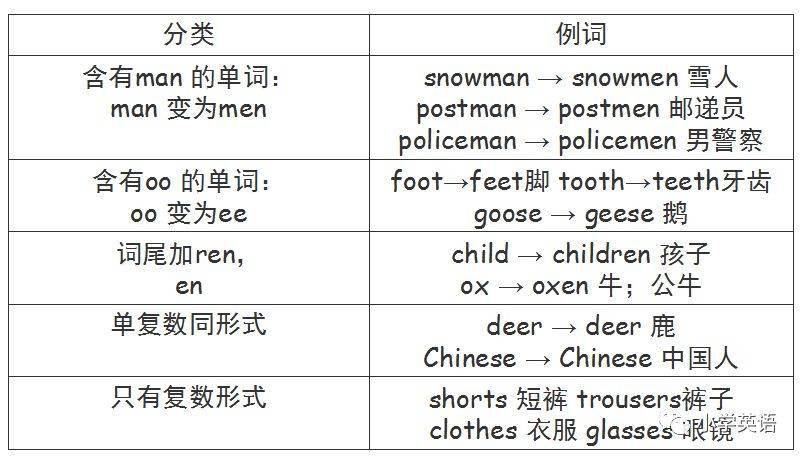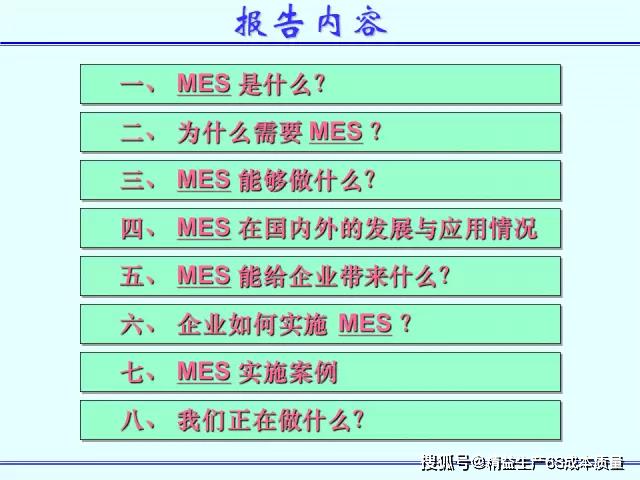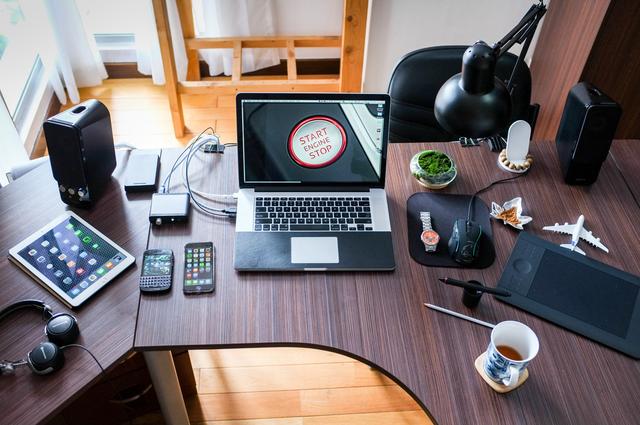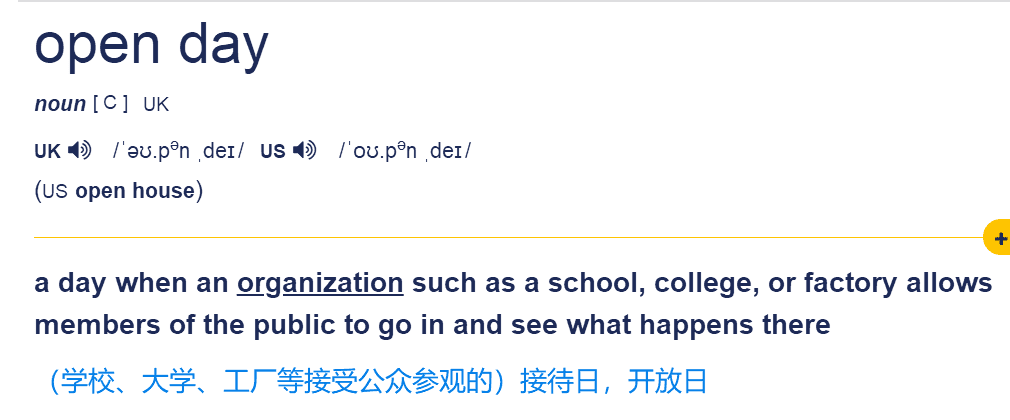Unit1 Going to Beijing
一、词汇(千里之行,始于单词哦!)
run 跑 sorry 对不起 sing 唱,唱歌 dance 跳,跳舞 sit 坐down 向下,朝下,沿着 stand 站立,直立 up 向上,在上面 see 看见,明白,会见 look 看,瞧 look out of 从……向外看 look at 看 boy 男孩 girl 女孩 now 现在 draw 画 picture 图片,照片woman 女人 baby 婴儿 cry 哭,哭泣,喊叫 talk 交谈, 讨论man 男人 sleep 睡觉, 入睡 who 谁 hungry 饥饿的 water 水tea 茶candy 糖果
二、句型(学会了这些句子,会变得更加优秀哦!)
1. Please don’t run/jump/sing/dance! 请不要跑/跳/唱歌/跳舞!
2. Please sit aWkfBkWZHVdown./Please stand up. 请坐下。/请站起来。
3. Jenny is looking out of the window on the train.
詹妮正在火车上向窗外看。
4. Some boys and girls are playing there.
一些男孩和女孩正在那里玩。
5. I see a banana! /I see dumplings!
我看到一个香蕉。/我看到饺子!
6. A: AaWkfBkWZHVre you singing, Jenny? 你在唱歌吗, 詹妮?
B: No, I’m not. 不, 我没有。
7. A:Who is talking? 谁在说话?
B: Danny is talking. 詹妮正在说话。
8. The baby is sleeping now. 婴儿在睡觉。
9. A: Who is hungry? 谁饿了?
B: I’m hungry! 我饿了!
10. A: Would you like some fruit? 你想要一些水果吗?
B: Yes, please. I’d like an apple and an orange, Mrs. Li.
是的。我想要一个苹果和一个橙子,李老师。
11. A: Would you like some fruit, Li Ming?
你想要一些水果吗, 李明?
B: No, thanks, Mum. I’m thirsty.
不, 谢谢, 妈妈。我口渴。
12. A: Would you like some water? 你想要一些水吗?
B: No, thanks. I’d like some tea. 不,谢谢。我想要一些茶。
13. A: What is the woman doing now? 那个女人正在做什么?
B: She’s reading the newspaper. 她正在看报纸。
14. A: Who is playing? 谁正在玩?
B: The man behind me is playing cards with his friends. They’ re having fun. 我身后的男人正在和他的朋友们打扑克牌。他们很愉快。
15. A: Here you are. 给你。B: Thank you. 谢谢。
16. There you are. 你在这儿啊。
三、语法知识 (掌握了这些知识点, 阅读写作so easy!)
(一)祈使句
1. 含义:用于表达命令、请求、劝告、警告、禁止等。
2. 肯定的祈使句结构
(1)be+形容词/名词:Be quiet.请安静。
(2)实意动词原形 + 其他:Come on! 加油!
(2)let + 宾语 + 动词原形 + 其他:
Let's go to school! 让我们去学校吧。
3. 否定句的祈使句的结构
Don't + 动词原形 + 其他.
例:Don't eat in the classroom. 不要在教室里吃东西。
(二)一般现在时
1. 含义:表示通常性、规律性、习惯性、真理性的状态或者动作有时间规律发生的事件的一种时间状态。
2. 结构:
(1)当主语是第三人称单数 时:动词变相应的第三人称单数形式
①陈述句: 肯定句 :主语+动词 第三人称单数形式+其它.
否定句 :主语+doesn't+动词原形+其它.
② 一般疑问句 :Does+主语 +动词原形 +其它.
肯定回答 :Yes,主语+does.
否定回答:No,主语+doesn't.
③ 特殊疑问句 :特殊疑问词 +一般疑问句?
(2)当主语不是第三人称单数时:
①陈述句:肯定句 :主语+动词原形+其它.
否定句:主语+don't+动词原形+其它.② 一般疑问句:Do+主语+动词原形+其它.
③特殊疑问句:特殊疑问词+一般疑问句?
(三)There be 句型
1. 含义:那里有......
2. 结构:
①There is + a/an + 可数名词单数 + 其他.
②There is + 不可数名词 + 其他.
③There are + ( 大于1的基数词) + 可数名词复数 + 其他.
④There are + 限定词 + 可数名词复数 + 其他.
限定词:形容词, 大于1的基数词等
Unit 2 In Beijing
一、词汇(千里之行,始于单词哦!)
people 人们many 许多的,许多child 孩子women 女人(woman的复数)men 男人(man的复数)say 说 help 救命,帮助 worry 担心, 担忧 sad 伤心的 take 乘坐,买下,拍照take a picture 拍照 be(am, is, are 的原形动词) 是,存在 feel 觉得,感到 tired 累的 stop 停下,停止 wait 等待 afraid 害怕,畏惧 for 为……,给……busy 忙碌的
二、句型(学会了这些句子,会变得更加优秀哦!)
1. They are on their way to the hotel. 他们在回宾馆的路上。
2. A child is flying a kite. 一个孩子正在放风筝。
3. Some children are playing football. 一些孩子正在踢足球。
4. A young woman is singing. 一个年轻的女子正在唱歌。
5. Some old women are dancing. 一些老妇人正在跳舞。
6. There are many people here! 这儿有许多人!
7. There are many children. 这儿有很多孩子。
8. Jenny can fly her kite very high. 詹妮可以把风筝放得很高。
9. Danny can’t fly a kite. 丹尼不会放风筝。
10. It’s sunny today. The sky is blue. 今天是晴天。天空是蓝色的。
11. Danny, Jenny and Li Ming are visiting the Palace Museum.
丹尼,詹妮和李明正在游览故宫博物馆。
12. A: How old is the Palace Museum, Li Ming?
故宫博物馆有多少岁了?
B: It’s about six hundred years old. 它有六百岁了。
13. A: May I take your picture, Jenny? 我可以给你照张相吗,詹妮?
B: Sure. 当然。
14. A:How long is it? 它有多长aWkfBkWZHV?
B: About 6000 kilometres. 6000千米。
15. On their way back to the hotel, Danny feels tired and hungry.
在他们回宾馆的路上, 丹尼感到又累又饿。
16. A:What time is it, Li Ming? 几点了,李明?
B: It’s 2:30. 两点半了。
17. A:What time is it now? 现在几点了?
B: It’s 3:00. 三点了。
三、语法知识 (掌握了这些知识点, 阅读写作so easy!)
1. ①on one’s way to + 某地 在某人去往……的路上
②on one’s way back to + 某地 在某人回……的路上
注:当后面跟home,there 等地点副词时需要省略to。
2. 名词变复数的规则:

3. 特殊疑问句
(1)含义: 以特殊疑问词开头,对句中某一成分提问的句子叫特殊疑问句。回答特殊疑问句时,不能用yes / no,即问什么答什么,尤其是简略回答。
(2)特殊疑问词(组)
who 谁 / whose 谁的 / why 为什么 / when 什么时候 / where 在哪里 / which 哪一个 / what 什么 / how 如何
what time 什么时间 / what colour 什么颜色 / how many 多少{数量}
how much 多少, 多少钱{价格}/ how long 多长/ how often 多久一次
how big 多大 / how heavy 多重{重量} / how far 多远{路程}
Unit 3 Writing Home
一、词汇(千里之行,始于单词哦!)
much 多少,很,非常write 写mum 妈妈(非正式用语)dad 爸爸(非正式用语)dear 亲爱的fine 健康的,晴朗的left 左边的,左边right 右边的,右边turn 转向,转弯wrong 错误的email 电子邮件idea 想法,主意computer 电脑use 使用,利用kind 友好的,体贴的us(we的宾格) 我们
二、句型(学会了这些句子,会变得更加优秀哦!)
1. This postcard has a picture of the Palace Museum!
这张明信片有一张故宫博物馆的图片。
2. I want to send this postcard to my mum and dad.
我想要把这张明信片发给我的妈妈和爸爸。
3. A: May I see that postcard, please? 请问我可以看那张明信片吗?
B: Sure! 当然!
4. A: How much is this postcard? 这张明信片多少钱?
B: It’s two yuan. 两块钱。
A: I’ll take nine, please. 我要买九张。
5. We are having fun in Beijing. 我们正在北京玩。
6. A: Excuse me, where is the post office?
抱歉, 邮局在哪里?
B: Go straight. Turn left at thwww.58yuanyou.come traffic lights.
直走。在红绿灯处左转。
7. A: What are you doing? 你正在做什么?
B: I’m writing nine postcards to my mother.
我正在给我的妈妈写九张明信片。
8. A postcard is slow. An email is fast. 明信片慢, 邮件快。
9. Let’s send an email. 让我们发一个电子邮件吧。
10. A: Can we use the computer? 我们能够用电脑吗?
B: Sure. 当然。
11. How is the weather in Canada? 加拿大的天气如何?
12. There is no snow. 这里没有雪。
13. What a great trip! 多棒的一次旅行啊!
14. I'm coming home to Canada on February 8.
我将在二月八日返程回加拿大。
15. What a fun trip! 多么愉快的一次旅行啊!
16. Tomorrow you'll go back to Canada. We'll miss you.
明天你将返回加拿大。我们会想念你的。
17. Don't forget to write to us. 别忘了写信给我们。
三、语法知识 (掌握了这些知识点, 阅读写作so easy!)
一般将来时态
1. 含义:表示将来某一时刻的动作或状态。将来某一段时间内经常的动作或状态。
2. 陈述句结构:
①肯定句:主语+ be going to /will + 动词原形 + 其他.
②否定句:主语+ be not going to /will not +动词原形 + 其他.
3. 一般疑问句结构:
Will +主语 + 动词原形 + 其他?
Be +主语 + going to + 动词原形 + 其他?
答语:Yes, 主语 + will. / No, 主语 + won't.
4. 特殊疑问句结构:
特殊疑问词 + will + 主语 + 动词原形 + 其他?
特殊疑问词 + be + 主语 + going to + 动词原形 + 其他?
Unit 4 Did You Have a Nice Trip?
一、词汇(千里之行,始于单词哦!)
story 故事did(do的过去式) 做,干;助动词 yesterday 昨天night 夜晚;晚上had(have的过去式) 有;吃,进行(活动)went (go的过去式)去,走,离开 saw(see的过去式) 看见 ate(eat的过去式) 吃photo 照片were(are的过去式) 是;存在was(am,is的过去式) 是; 存在 happy 快乐的;高兴的bought(buy的过去式) 买back 回原处;向后
二、句型(学会了这些句子,会变得更加优秀哦!)
1. A: I missed you!我想你了!
B: I missed you, too.我也想你了!
2. A: Did yo//www.58yuanyou.comu have a nice trip?你旅行愉快吗?
B: Yes! I had a great trip! 是的!我有一个愉快的旅行!
3. A: What did you do yesterday? 你们昨天做什么了?
B: We walked to Wangfujing Street. 我们昨天步行去了王府井。
4. A: Did you have fun in Beijing? 你在北京玩得开心吗?
B: Yes, I had fun! 是的, 我开心!
5. The first day, we went to Tian'anmen Square.
第一天我们去了天安门广场。
6. This scarf is for you. 这个围巾是给你的。
7. We were on the train to Beijing. 我们在去往北京的火车上。
8. We played with the baby. 我们在和那个小孩玩。
9. A: What happened? 发生了什么?
B: He hurt his tail. He was sad. 他的尾巴受伤了。他很伤心。
10. We bought gifts for you in Beijing. 我在北京为你买了礼物。
11. This kite is for you, Steven! 这个风筝是给你的, 史蒂文!
12. Try it on! 试一下它。
13. It's too small for me, but it's good for a baby.
对我而言它太小了, 但是它对小孩子刚刚好。
14. Here is a gift for you. 这儿有一个给你的礼物。
15. I had a great time with you in Beijing. 我和你在北京玩得高兴。
16. Please write back soon. 请尽快回信。
17. A: What happened? 发生了什么?
B: I wanted to fly a kite. I hurt my arm and Jenny helped me.
我想放风筝。我的胳膊受伤了,詹妮帮助了我。
三、语法知识 (掌握了这些知识点, 阅读写作so easy!)
一般过去时
1. 含义:过去某个时间里发生的动作或状态。过去习惯性、经常性的动作或行为。过去主语所具备的能力和性格。
2. 时间标志词:yesterday, last week...
3. 结构:(1)陈述句
肯定形式:主语 + 动词过去式 + 其他.
否定形式:主语 + didn't + 动词原形 + 其他.
(2)一般疑问句
①Did + 主语 + 动词原形 + 其它?
②Was/Were + 主语 + 表语?
(3)特殊疑问句
疑问词 + did + 主语 + 动词原形 + 其他?
4. 变化规则:
(1)规则变化①动词 + ed;②不发音e结尾的单词,只加d。
(2)不规则变化:①A-A型(原形和过去式同形):
如:let, put, read, cut, cost
②A-B型(原形和过去式不同):
如:come-came, run-ran
编辑|Tina







